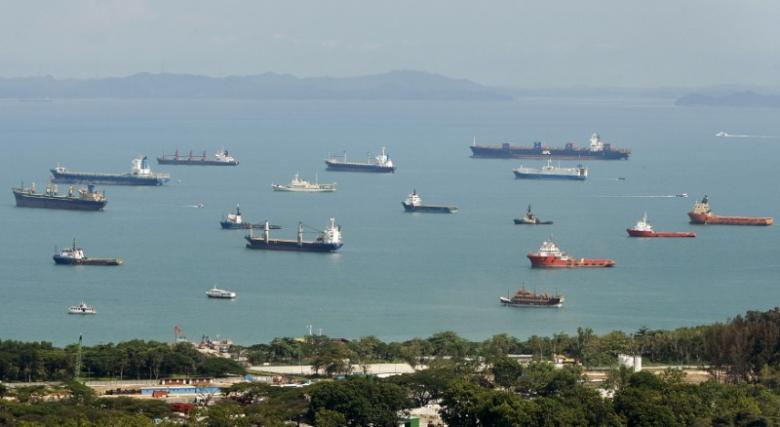After declining in March, industrial production increased by 0.2% in May, marking the second consecutive month of slight growth. Overall, this leaves the level of activity well below the average for where it was in 2022, in line with a weakening global growth environment in which demand for goods has moderated.
In recent months, industrial production has stagnated. There are large differences by sector, which is due to the shocks that individual sectors have been influenced by in recent years. Now, the sectors most hurt by supply-chain problems are still contributing positively to annual industrial production growth. The sectors that profited a lot from the pandemic – think of pharma for example – are showing more volatile production performance now and energy production and energy-intensive sectors are contributing negatively.
For the months ahead, weakness continues to be in the cards as surveys point to a drying up of backlogged orders and new orders are weakening. Global demand is going through a weak patch and that is reflected by a subdued outlook for the manufacturing sector.
For GDP growth in the second quarter, the impact is clear. Production will have needed a strong rebound in June to have an average production level like the first quarter. That seems unrealistic given the negative PMI and industrial sentiment data for the month. Another quarterly decline in industrial output is therefore in the making, which is also likely for retail sales. The goods part of the economy is therefore likely to have remained in recession and services – on which we have much fewer intermediate data – will have been needed to perform well to eke out a growth figure. Therefore, it’s likely that the eurozone’s economy remained in a state of economic stagnation in the second quarter, straddling the line of zero growth.





